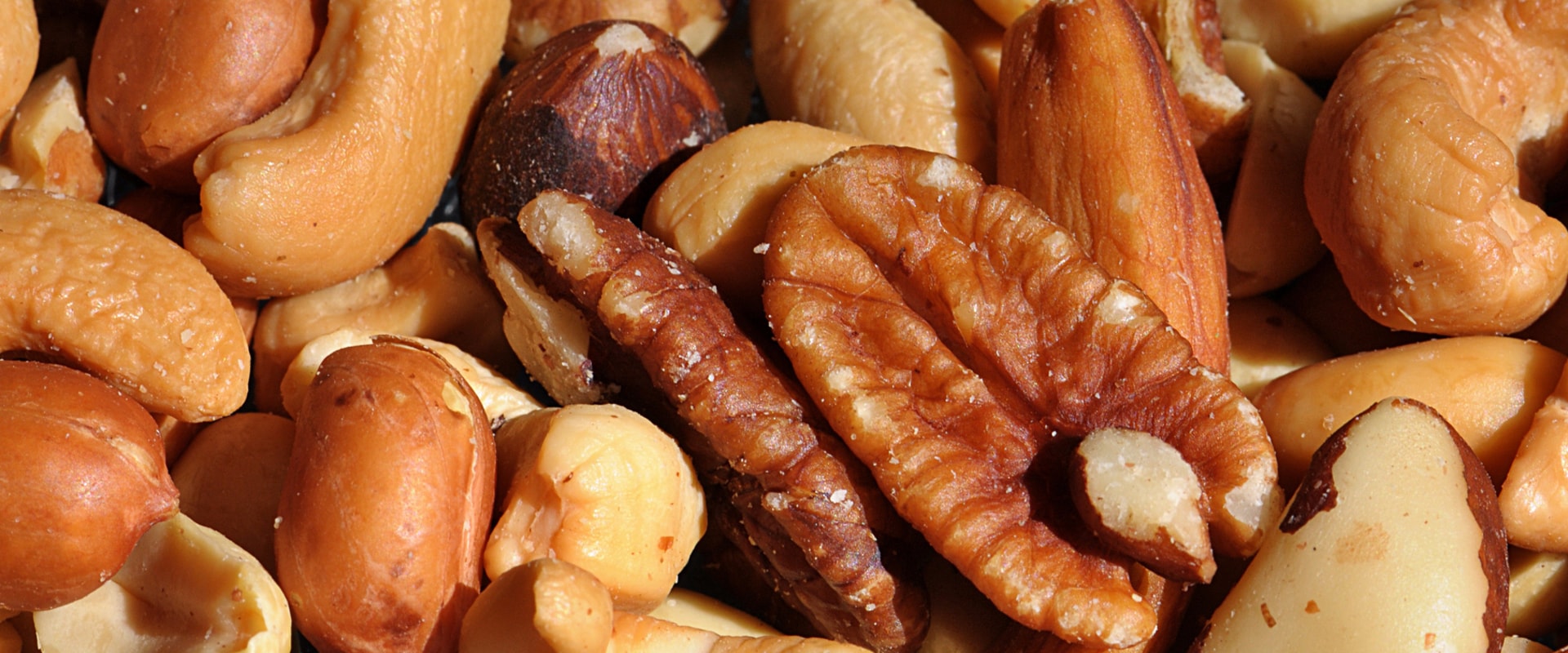This is reflected in the “pea” part of the name. Most edible nuts, such as pecans or hazelnuts, grow on trees. But peanuts grow in pods that ripen underground and are classified as legumes, such as lentils and peas. Nuts are actually the seeds of plants.
Most are tree seeds; however, peanuts are the seeds of a legume. The Star Ingredient in America's Favorite Nut Butter Isn't Really a Nut. On the other hand, peanuts are considered legumes, along with soy, lentils and chickpeas. Unlike walnuts, most legumes come in pods that open automatically and that may or may not grow underground, depending on the species.
Instead, seeds are a small edible plant enclosed in a seed cover. Most nuts are seeds, but not all seeds are nuts. You may have already heard that peanuts are not nuts. They are actually legumes and are members of the pea family.
But did you know that cashews, almonds, and several other common “culinary nuts” aren't real nuts either? To help us understand why this is the case, it is important to know what the definition of a true nut is. Botanically, a nut is a dried fruit that consists of a hard shell that covers a single seed. Examples of real nuts include acorns, chestnuts and hazelnuts. What about Brazil nuts, are they sure they're crazy? No, not even a crackpot.
How about the mentioned peanut? Well, it's actually a legume. What about a sprocket? You guessed it, it's a seed. So what's the difference between seed and legume? While peanuts (peanuts) have a similar flavor and look like nuts, not to mention the “nut” in their name, they are actually legumes. Legumes come in a pod (peanut shell) that contains several fruits.
Fruits split when ready to harvest. Walnuts have only one fruit inside the shell. Peas, carob and all varieties of beans are legumes. The percent daily value (% DV) of fiber is 25 g per day, and a one-ounce serving of high-fiber nuts or seeds provides between 9 and 39% of that daily value.
A true botanical nut is a dried fruit with a single seed enclosed in a hard, non-splitting ovary wall, Judy Jernstedt, a plant scientist at the University of California, Davis, told Live Science. Many, including walnuts and cashews, grow inside leathery fruits, and the nut corresponds to the peach bone (also a seed) inside a peach. Their shells mature and harden into a fibrous, green shell, but it is common to extract the nut prematurely to obtain the English delicacy of pickled walnuts. Meanwhile, outer shells are responsible for some of the most delightfully bizarre categories in the Guinness World Records, such as “most green coconuts crushed with their heads in a minute.
A truly raw, unpasteurized almond will provide a higher level of quality, and therefore nutrition, than pasteurized counterparts. Because they grow in a pod, they are technically a legume, a family of plants that produce their fruits (often beans) in a pod and have more in common with snow peas than with real walnuts. In addition, a high-quality organic source of peanuts and peanut butter is more likely to contain fewer, if any, aflatoxins. Aflatoxins are produced by a fungus that can grow on peanuts and are considered carcinogenic by the FDA.
Because these omega-3 fatty acids are somewhat unstable, it's best to consume nuts raw and as fresh as possible to ensure that omega oils don't go rancid. High-fiber nuts and seeds include chia seeds, flax seeds, pumpkin seeds, dried coconut seeds, sesame seeds, sunflower seeds, almonds, pine nuts, pistachios, and chestnuts. Others, such as hazelnuts and chestnuts, are classified as true botanical nuts (hard, dried fruits that don't open to release a separate seed). .

Leave Message